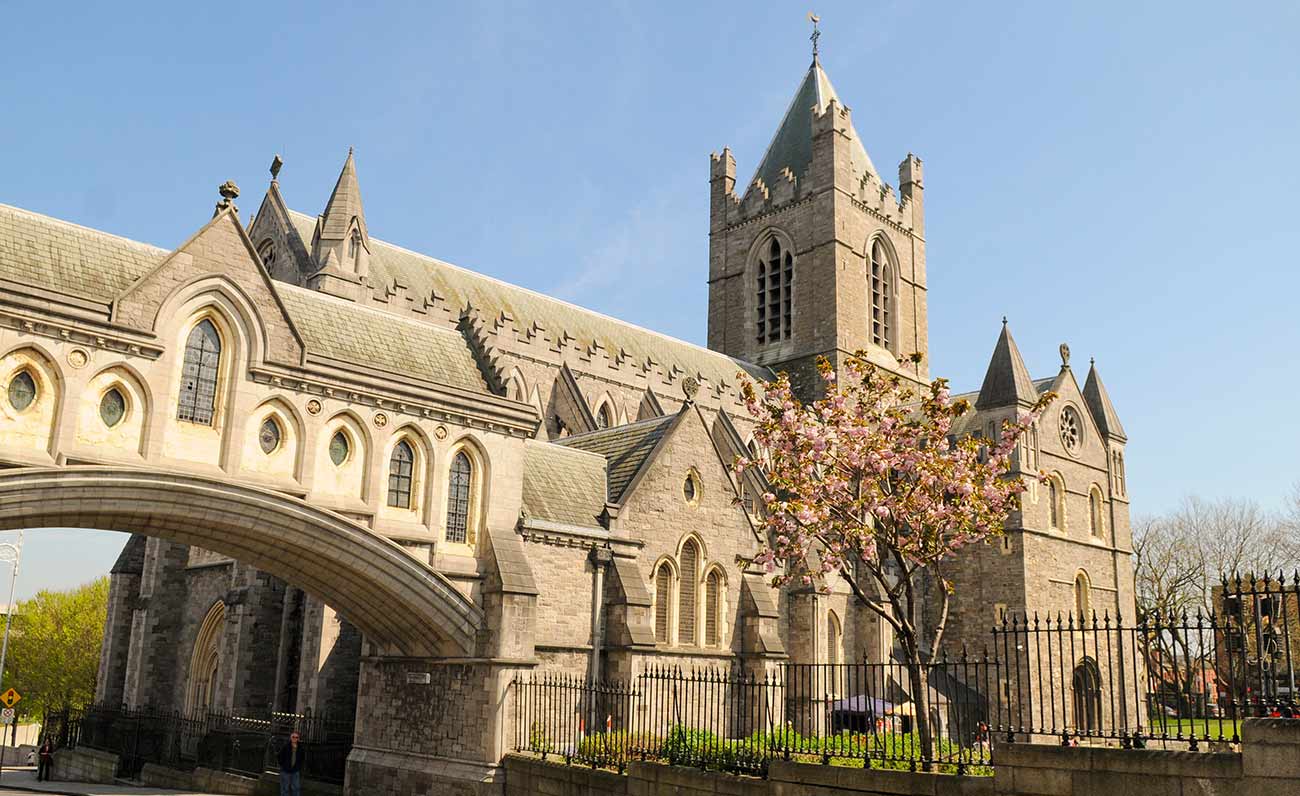When most foreigners think of the Philippines, all the usual suspects pop into their minds; there are the expat meccas of Cebu and Angeles, the capital city of Manila, perhaps even the unspoiled paradises (if you believe the advertising) of Boracay and Palawan. I did not really have my heart set on living in any of those spots when I bit the bullet and shifted to the Philippines permanently. I didn’t have anything particular in mind, I just wanted to come back to Asia, find a place to lay down my swag and settle in.
When I say come back to Asia, this part of the world has always played a pretty significant role in my life. I grew up between Singapore and Hong Kong in the 80s, my grandmother was the product of Irish rubber plantationers in the Dutch East Indies at the turn of the 20th Century and I’ve spent more than half my life in the region. I chose the Philippines as the spot to finally sling my hook because I had been here many times before and I rather liked the place.
After nearly 18 months in the country, during which time I lived in a number of lovely parts of Luzon, I decided that it was time to stop renting and dig in properly. My partner and I were in Baguio at the time, winter was about to roll around and I was really missing the beach. As a result, we (read me) decided that we’d head down the hill to La Union and see if we could find a house for sale.
Oh oh, it’s Ag Oh Oh
As is often the case with hastily laid plans, I rapidly discovered that we’d bitten off a little bit more than we were expecting. It was not for nearly another two months that we found our home. Agoo (pronounced Ag-Oh-Oh) is a small city to the south of the province of La Union. It has a population of just under 70,000 people and is basically sandwiched between the foothills of the Cordillera Ranges and the West Coast of Northern Luzon.
It is a town rich in history which played a central role in the invasion of Luzon by the Japanese in World War II and was also a major trading port with Korea, Japan and other parts of East Asia in pre-Spanish colonial times. These days, it is home to a vibrant community and a fishing fleet which plies the coast for king prawns and tuna. The people here are some of the friendliest I’ve met anywhere, and I’ve lived in a few places. It is comfortable, relaxed, easygoing and – to the majority of expatriates and visitors to the country – virtually unknown.

To me, that is a very sad state of affairs, so when I was given the opportunity to write this article I thought I’d use it as a chance to shamelessly promote the town and show everyone what they’re missing out on!
Let’s start with the beaches
If you’re sick of the usual expatriate experience of a Philippine beach – you know what I’m talking about, the touts, the rip offs and the looking over your shoulder – then this might well be a place to add to your itinerary. Within walking distance of my house (I often take the dogs down) is what I call the string of pearls. It’s about three kilometers of beach dotted with small resorts and stores. You can get a beer for less than a dollar, and for a few pesos more they’ll cook you a BBQ. If you ever find yourself in this particular part of town on a weekday, you’ll likely have the beach to yourself as well.


Then there’s the history
Agoo’s history is so rich that in six months or more of studying it, I felt like I’ve only just scratched the surface. When you look further north into other parts of the province, it gets even more amazing. If you’re a history buff, especially one with an interest in the Japanese occupation, then this province is one that you really should come and see.
One of the most interesting tidbits is that the father of former President Ferdinand Marcos was assassinated just north of here at the end of the Second World War. The Centennial Tunnel is also very near here. The 500-meter tunnel was originally built by the Americans in 1913 as a Philippine National Railways tunnel for their services bound for Baguio City. The Japanese commanders commandeered this as their base during WWII as it afforded protection from the American bombers.
This tunnel is a part of the now defunct Philippine Railway which runs some 40 odd kilometers from Aringay into the foothills of the mountains. The tracks never quite made it to Baguio, and anyone who has ever driven up that road will not be surprised by this.
One more thing before I wrap up…. Kilawin
Illocano cuisine is well known in the Philippines and until I discovered it I, like most people who visit here but have experiences of other parts of the region, spent many a night wondering where the Philippines went wrong with its food. With all that Spanish influence and all these amazing South East Asian flavors, I always felt that there had to be more to it than Crispy Pata and Adobo.
One day, one of my neighbors came over and said that I had to try his wife’s Kilawin Bangus. I’m a starter for most things, so I hooked in. This amazing combination of chili, kalamansi, garlic and various other flavors was like anything you would order in Thailand or Malaysia. if you’re up this way, come by for a beer and I’ll be sure to get you some local delicacies to wash down with it.


So, what can I say, if you’re sick of Groundhog Day, come and try La Union. You’re in for a real treat.
Damon has been coming to the Philippines for nearly 30 years and living here for the last two, he makes his home on the North Coast with his partner, daughter and three dogs. If you’d like to get in touch, please visit www.agoolaunion.com.
By DAMON SIMMS
Agoo, La Union – Paradise found
Published on April 17, 2016
This post was last updated on March 26th, 2020 at 03:00 pm







